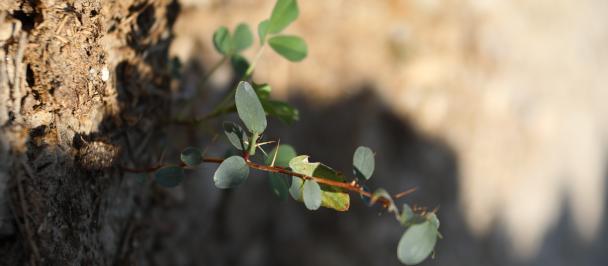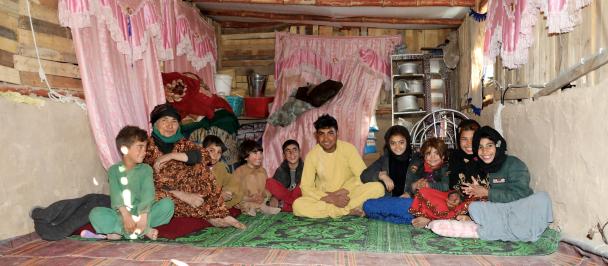Here Comes the Sun
March 13, 2024
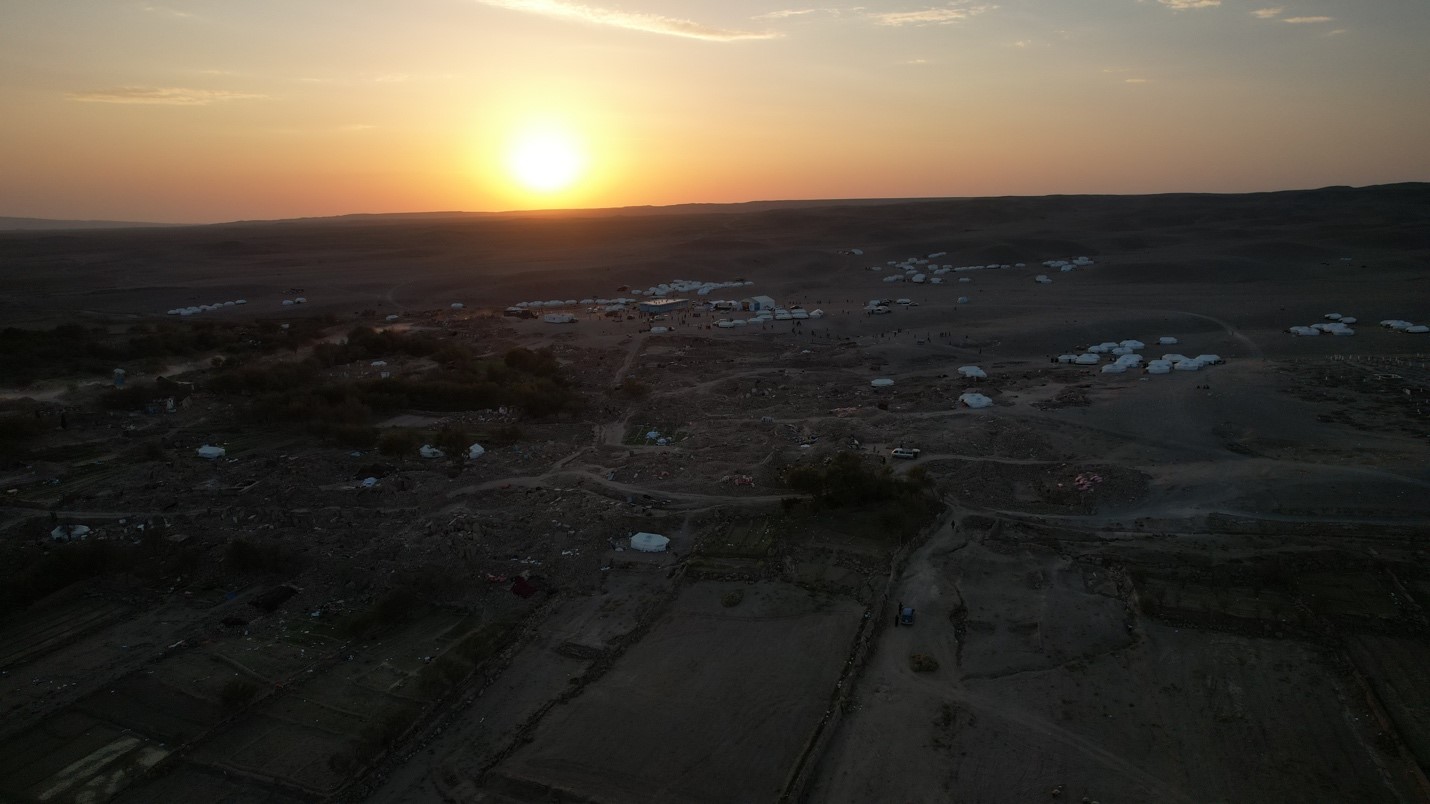
Herat Earthquake- Chahak-village
As one drives out of Herat city towards the districts nestled in the valley neighbouring Iran, the horizon is speckled with beige mud homes with domed roofs, mimicking the mountains behind. Except unlike the mountains, most domes are cracked or have collapsed because of the earthquakes that left the region in ruins last year.
The sun reigns supreme here, its rays bouncing off the domes, desert, and distant mountains, creating a beautiful spectrum of light. This spectrum holds within itself an untapped opportunity – to power the homes, lives and livelihoods of the desert communities of Herat.
Afghanistan is one of the most sun-rich countries in the world, benefitting from about 300 sunny days annually. Its renewable energy potential is staggering, estimated at over 300,000 MW, with solar energy comprising a significant majority. Yet the country still relies on energy imports from neighboring nations to meet its domestic demand.
After the deadly earthquakes that rocked Herat in October 2023, killing over 1,500 people and damaging nearly 50,000 homes, communities were forced to camp out in the cold, windy desert next to the rubble that was once their home. Families scavenged through the debris to find whatever was left of their belongings - mattresses, blankets, books, pots and pans - in an attempt to rebuild from scratch.
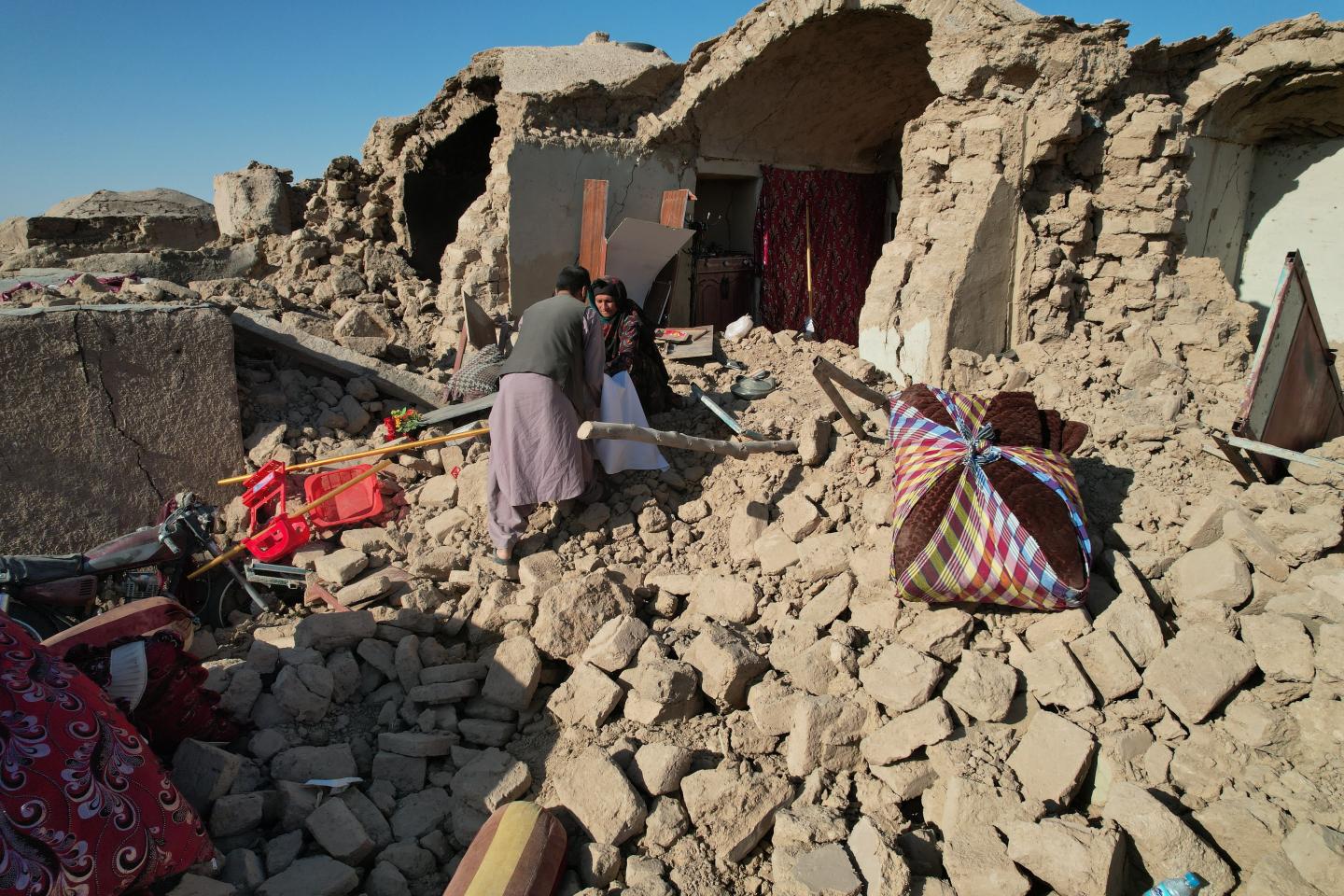
In Chahak village, 50-year-old Teza Gull recounts the harrowing experience. “After the earthquake, I had nothing to cook with. I spent hours looking for my beloved stove to cook for my family, but everything was crushed in the debris,” she says.
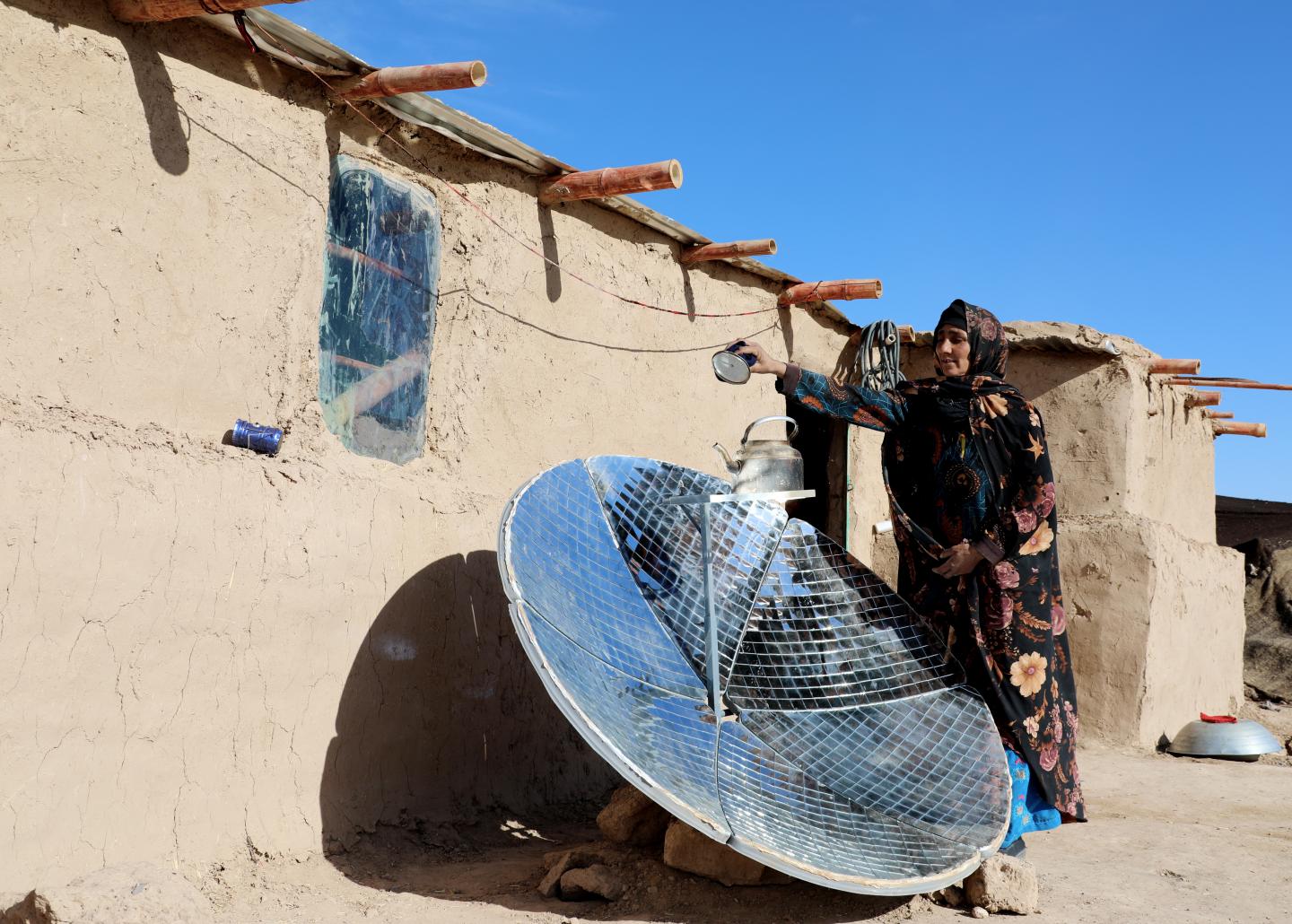
Before the earthquake, Reza– like many others in her village - cooked with firewood and cooking fuel, indoor with an open flame. Today, three months after the earthquake, she points to a large glass dish outside her shelter with a kettle whistling away. “I didn’t know the sun could boil water!” she exclaims.
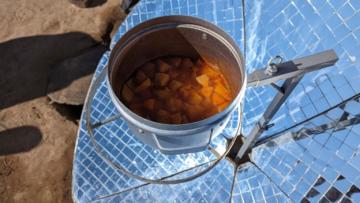
This large glass dish is a solar cooker, which harnesses the sunlight, focusing it to a point intense enough to boil water and cook complete meals in seconds. “We can cook without spending hours collecting firewood or buying expensive cooking fuel. For the first time, we always have hot water – to cook, to do the dishes and wash clothes,” says Reza, with a sense of relief.
In Chahak's frigid desert conditions, access to hot water is more than a convenience; it's a necessity. Typically, thick black smoke would bellow from the many makeshift chimneys and open fires as families used polluting firewood to cook and keep warm. Fifty-eight-year-old Khan Mohammad notes a significant improvement in air quality since the introduction of solar cookers in the community. “My family is breathing cleaner air because people are slowly beginning to cook with a solar cooker, reducing the dependency on open flames. My children are not coughing that much.”
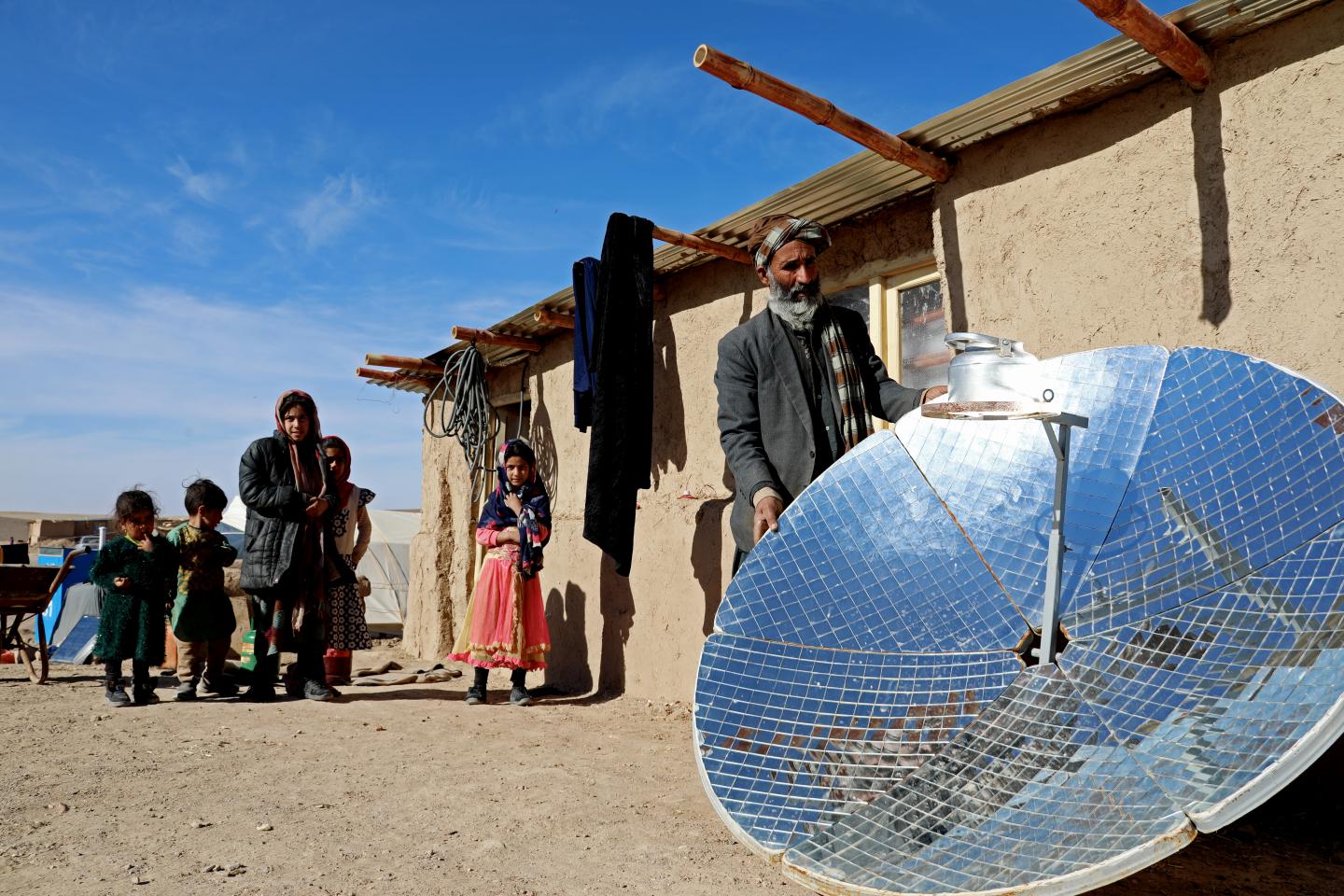
As part of UNDP’s earthquake response in Herat, we have been working with communities to provide basic human needs – transitional shelters to protect families from the sub-zero conditions, regular hot meals through community kitchens and solar solutions for lighting and cooking.
Today, 235 families of Chahak village, including Reza and Khan, have sturdy and warm shelters to call home complete with a solar cooking and lighting solution. Each home will be powered by solar energy, making sure children have enough light to study and families can get together for warm meals.
While the road to complete recovery is long, the community is showing signs of bouncing back. UNDP's earthquake response strategy in Herat focuses on creating a sustainable ecosystem, supporting long-term community development.
“I was engaged with UNDP and NCA [Norwegian Church Aid] in the construction of my transitional shelter, through their Cash-for-Shelter initiative. With the leftover money, I bought a sheep, which will feed my family this winter. We have a newborn baby & we can boil water on the solar cooker for her needs. Plus, the community kitchen has also been providing hot meals!”
Zia Ahmed, a 32-year-old local, explains.
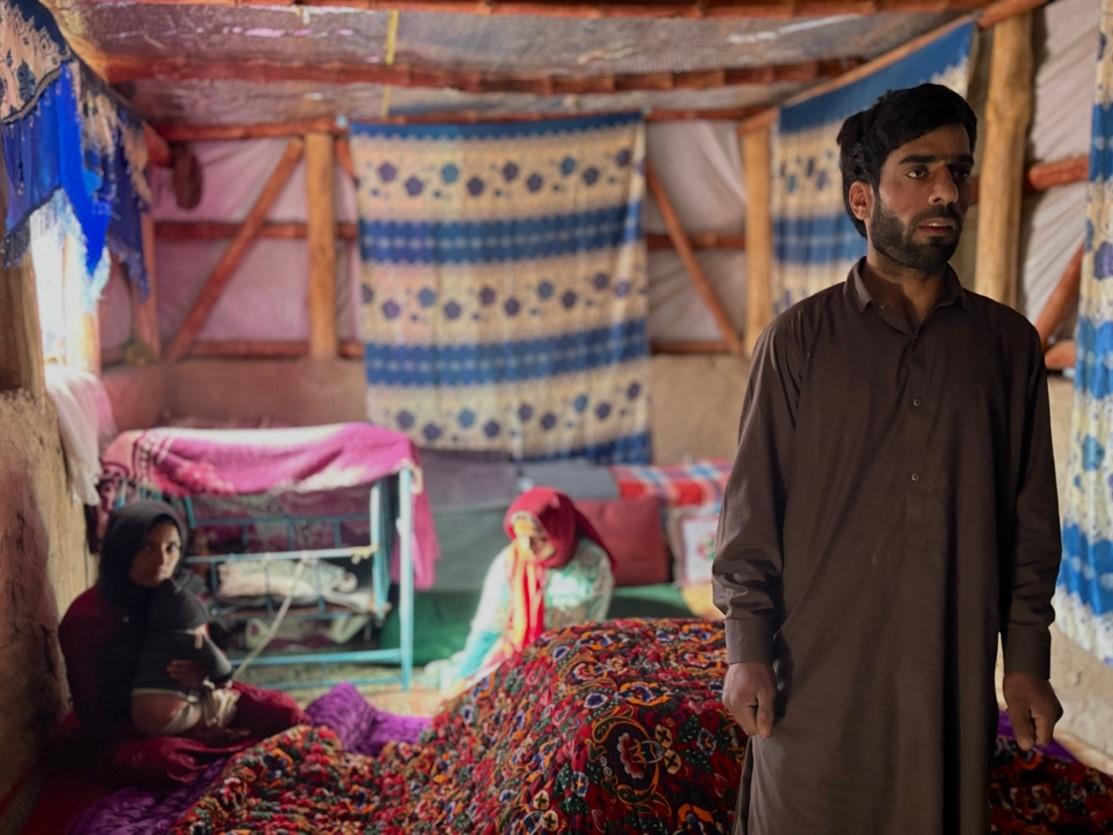
Ongoing training sessions by the UNDP ensure that the community effectively and safely uses the solar cookers. “Whenever we face problems with the cooker, we reach out to UNDP. They explain how to position the cooker and how to keep it clean,” says Khan. Volunteers from the community will be trained to ensure the community is able to use the solar solution for a long time.
UNDP's efforts in Afghanistan include solar projects to tackle energy issues, concentrating on specific areas and communities to enhance sustainable energy access and livelihoods. In 2023, UNDP set up solar systems in 30 health centres and 15 schools across Kabul and Kapisa. Moreover, they installed solar panels with a total capacity of 144 kW at 44 sites supporting poultry, dairy, fruit drying, and tailoring businesses in 16 districts of Kabul, Kapisa, and Wardak.
In this time of recovery and rebuilding, UNDP calls for global solidarity to support the efforts in bringing hope and stability back to those affected by the Herat earthquakes. Through this collaborative spirit, the sun in Herat's valley shines not just as a source of light, but as a beacon of hope and renewal.

 Locations
Locations